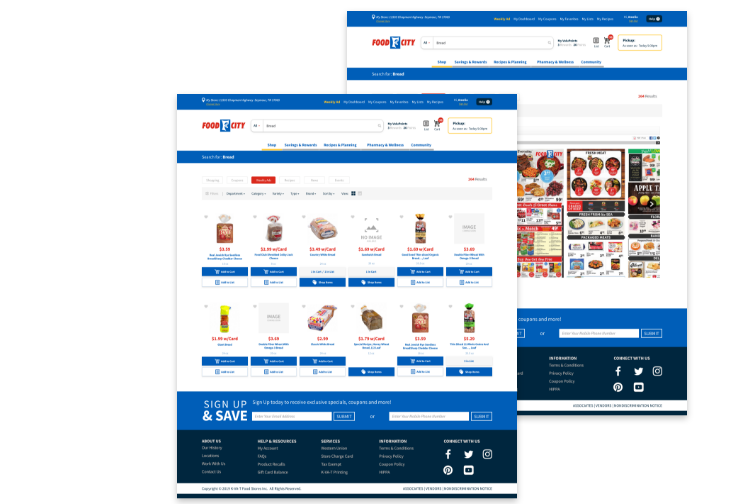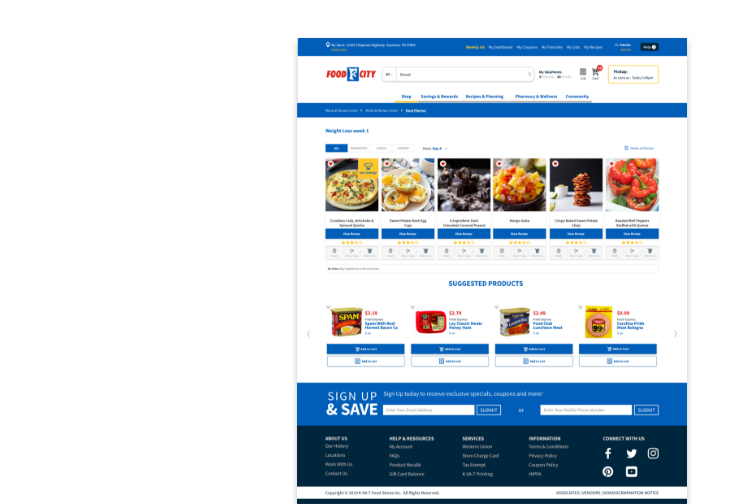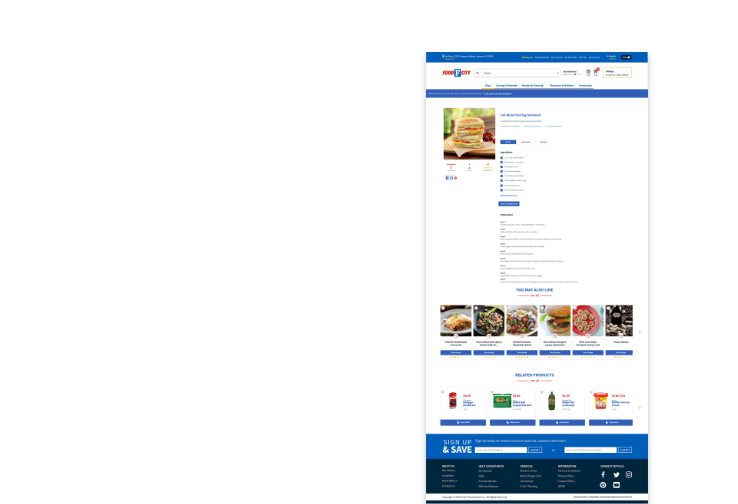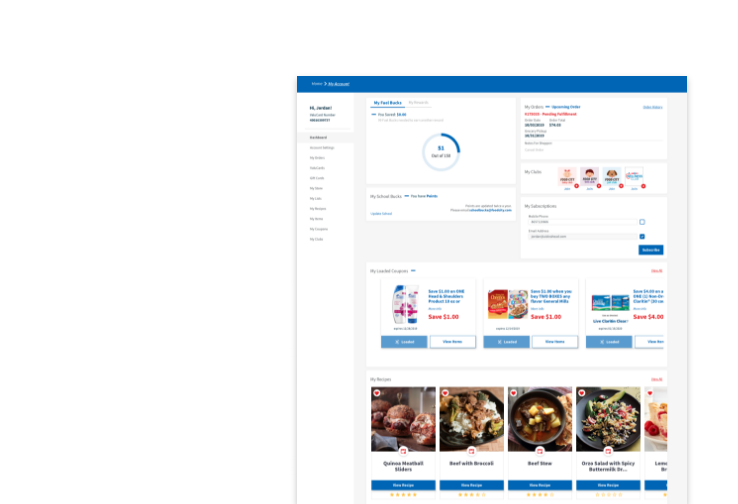
Wellness Club — Healthy Aging: Protein
Abingdon, VA. -
Friday, Nov 1, 2024.
Healthy eating is key to promoting healthy aging and older adults are at greater risk of chronic diseases, such as heart disease and cancer — as well as health conditions related to changes in muscle and bone mass, such as osteoporosis.
Protein is a key nutrient for healthy aging as it helps maintain muscle mass and function, which can prevent sarcopenia. Sarcopenia is the primary age-related cause of frailty.
Starting around age 30 muscle mass naturally starts to decline roughly one to two percent per year. As we age, the rate of decline increases by three to 10 percent per decade. Once we reach our 60s and beyond, the accumulated decline of muscle mass can increase the risk of falling, bone fractures, and hospitalization, making protein consumption relevant for longevity and quality of life.
The Recommended Dietary Allowance (RDA) for protein is 0.8 grams per kilogram of body weight per day. However, some experts recommend that older adults consume 1.2–2.0 grams per kilogram of body weight per day or more. Recommending increased protein intake for preventive benefits.
• Animal products (such as chicken, beef, pork, fish, eggs and dairy products) have large amounts of all of the essential amino acids and are known as high-quality protein.
• Soy products and quinoa also have large amounts of all the essential amino acids.
• Other plant proteins (beans, lentils, nuts, and whole grains) contain all of the essential amino acids, but the amounts of one or two of these amino acids are low.
Try these tips to feature more protein on your plate:
Low-fat cottage is high in protein and can go in your scrambled eggs, casserole, mashed potato or pasta dish. Keep on hand for snack time paired with veggies for dipping or a side of fruit.
Nuts are perfect for salads, with vegetables and served on top stir fry. Try toasting some pine nuts or flaked almonds and adding them to salads or parfait.
Beans are great in soups, casseroles, and pasta sauces. Try adding a drained can of cannellini beans into your favorite vegetable soup recipe or casserole.
Greek yogurt is great to keep on hand to pair with your favorite breakfast cereal, create a flavorful snack time dip or serve it as dessert with some fresh fruit.
Eggs are a versatile and easy option that can be enjoyed on their own or mixed in a variety of dishes to increase protein intake.
Chicken can be a great option to cook and keep on hand for quick lunch time leftovers. When preparing meat, trim off visible fat or poultry skin before cooking and pour off the melted fat after cooking. Make a quick chicken salad for salad, wraps, or sandwiches.
Beef provides essential nutrients to support health but can also contain higher amounts of saturated fat. Choose cuts of meat that have the least amount of visible fat. Buy "choice" or "select" grades of beef rather than "prime." Lean cuts of meat contain the words “round,” “loin” or “sirloin” on the package.
Visit Food City recipe center for recipe ideas to meet protein needs.
(1) Yeung SSY, Reijnierse EM, Pham VK, et al. Sarcopenia and its association with falls and fractures in older adults: A systematic review and meta-analysis. J Cachexia Sarcopenia Muscle. 2019;10(3):485-500. doi:10.1002/jcsm.12411

